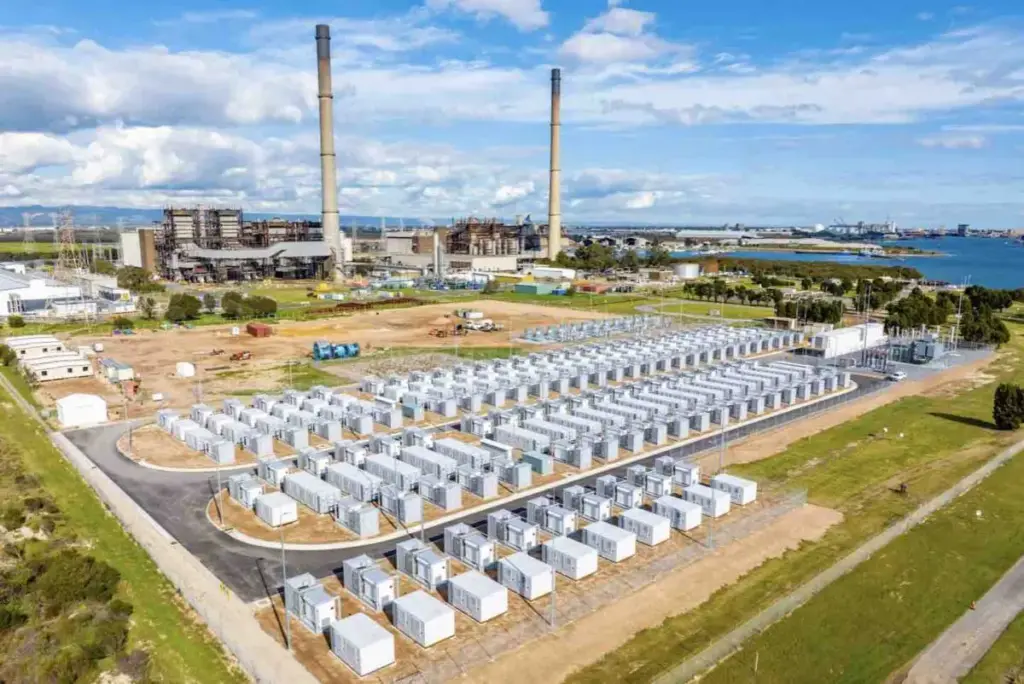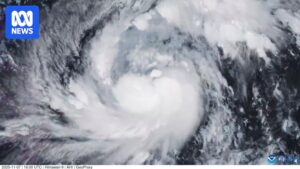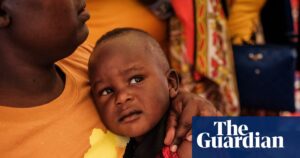
The South Australia state government has appointed ASL to conduct its inaugural auction for long duration storage as the region seeks to bolster its renewable energy capabilities. The auction aims to secure approximately 700 megawatts (MW) of new firm capacity over the next six years, a crucial step for the world’s most advanced wind and solar grid.
South Australia has established itself as a global leader in renewable energy, with wind and solar power meeting 75% of local electricity demand over the past year. The state has set an ambitious target to achieve 100% net renewables by the end of 2027. Currently, seven major battery projects are operational, with an additional dozen under construction or contracted. However, the state is now focusing on long duration storage solutions through the Firm Energy Reliability Mechanism (FERM), announced earlier this year.
ASL’s Role and Auction Details
ASL, formerly known as AEMO Services Ltd, has been appointed as the scheme administrator. The organization is responsible for managing renewable and storage tenders under the federal government’s Capacity Investment Scheme and the New South Wales renewable infrastructure roadmap. ASL will launch the first tender later this month, seeking to engage both gas generators and battery storage solutions with a minimum capacity of 30 MW and a minimum storage duration of eight hours.
The tender aims to secure 700 MW of capacity, with specific milestones set: 400 MW by November 2028, an additional 200 MW by late 2029, and the remaining 100 MW by 2031. While South Australia is keen to include gas in the mechanism, global supply chain challenges for gas turbines may complicate meeting the 2028 deadline, though subsequent deadlines remain feasible.
Challenges and Alternatives in Energy Storage
South Australia’s pursuit of high levels of wind and solar power is particularly notable given the absence of pumped hydro storage, a common complement to renewable energy. Although several proposals for pumped hydro projects were considered, none proved financially viable. Consequently, the state is focusing on battery storage and gas generation as primary sources of “firm power.” Over the long term, other technologies such as concentrated solar thermal or advanced compressed air storage could become viable options.
ASL CEO Nevenka Codevelle emphasized the technology-neutral nature of the tender, stating, “The tender is technology neutral, with gas generation and batteries examples of eligible technologies.” She added that the organization will rigorously assess projects to ensure they align with the long-term financial interests of South Australian electricity consumers.
“As Scheme Administrator, we can only support projects that are in the long-term financial interests of South Australian electricity consumers, which means we’ll be rigorously assessing benefits to system reliability, security and impact on wholesale electricity prices as well as scheme forecast cost and potential cost exposure of bids.” – Nevenka Codevelle, ASL CEO
Implications for the Future
South Australia’s initiative represents a significant step in the global movement towards renewable energy. By focusing on long duration storage, the state aims to enhance the reliability and stability of its electricity grid, setting a precedent for other regions to follow. The successful implementation of this auction could influence energy policies worldwide, demonstrating the viability of large-scale renewable energy integration without traditional hydro storage solutions.
The auction’s outcome will be closely watched by industry experts and policymakers alike, as it could shape future investments and technological advancements in the renewable energy sector. As the world grapples with the challenges of climate change, South Australia’s efforts underscore the importance of innovation and strategic planning in achieving sustainable energy goals.
The winners of the tender are expected to be announced in April or May next year, marking the next phase in South Australia’s renewable energy journey.







